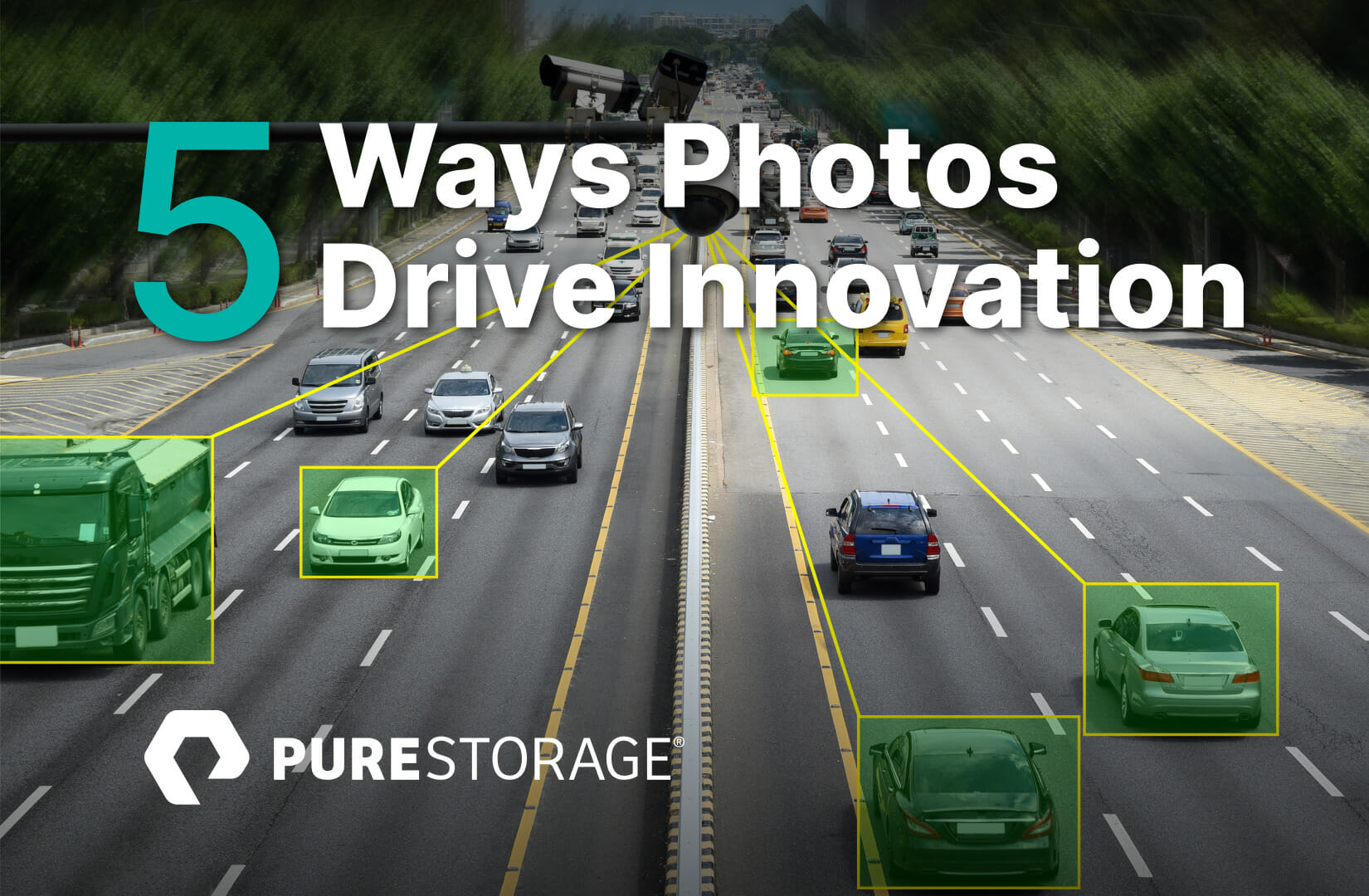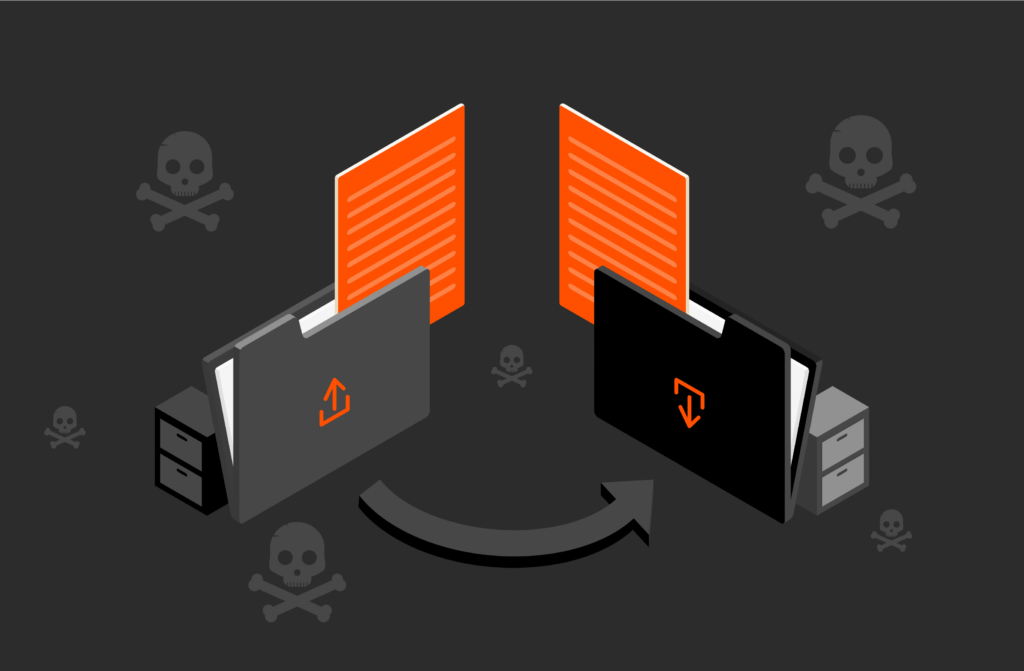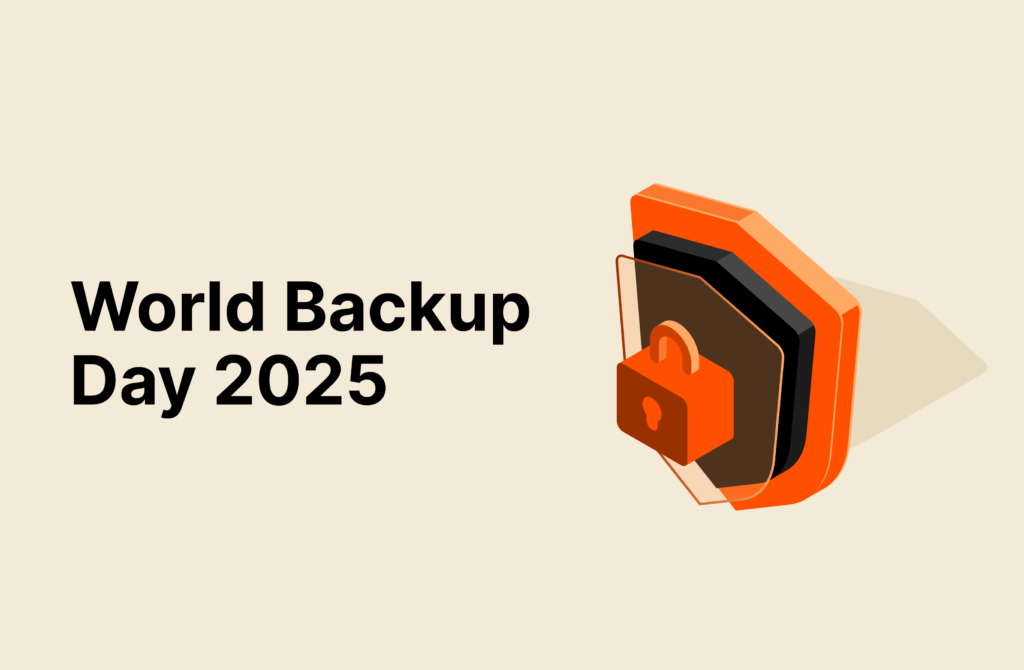When it comes to unstructured data, photos are one of the biggest categories. Depending on size and resolution, images (and videos) make up a massive amount of the world’s data (cat photos included), with millions more taken every single day—by mobile phones, drones, traffic cameras, X-ray machines, and more. But what about a photo’s value beyond the image itself?
With advanced analysis, computer vision, and artificial intelligence, photos can actually provide insights that are helping change the world. Let’s look at how the data derived from photos is powering serious innovation.
Photos Can Help Improve Traffic Safety
If you’ve ever driven through a city, you’ve probably noticed (or been caught by) a speed camera. These cameras automatically take pictures of cars that are going over a certain speed limit. The photo is then uploaded to a database, the license plate number is cross-referenced with registration data, and a ticket is sent to the car owner through the mail.
According to a report from the Centers for Disease Control and Prevention, speed cameras considerably reduce the number of drivers who speed, speed-related accidents, and accidents that result in major injuries. Speed cameras can be placed in areas notorious for speeding-related accidents, building in more accountability and helping reduce accidents.
Photos Can Help Solve Crimes
Obviously, identifying criminals through their pictures or mugshots helps get criminals behind bars. The ability to share photos online also allows citizens to help police officers find criminals. In 2018, the driver behind a hit-and-run left behind a small piece of plastic that broke off of their vehicle. Police shared a picture of the piece of plastic on Twitter, which eventually made its way to Reddit, where users determined the part came from the headlight of a 1980s Chevy pickup truck. Using this information, police officers were able to track down the truck and the driver and an arrest was made.
Photos Help Us Understand Our Universe
You’ve probably seen the recent images from the James Webb Telescope—amazing, right? NASA also conducts missions that help us understand the moon, Mars, and beyond. The data gathered during these missions helps NASA advance science and fuel new discoveries and achievements in air and space.
Photos Improve Healthcare and Diagnostics
Medical imaging is helping to improve patient care, enabling doctors to diagnose conditions much earlier and prescribe treatment preventatively. These types of images are large and vast, and the insights derived from them help radiologists do what they do best: identify conditions in the human body we can’t see with the naked eye.
Retinoblastoma is the most common eye tumor found in children under five years old. It is an extremely rapidly forming tumor. Luckily, it can be detected quite early simply by taking a photo. One app developer is taking this a step further by creating an app that analyzes photos to determine whether there are any issues with a child’s eyes.
Aerial Photos Can Make the World a Safer Place
Drones aren’t just for photographers—insights from drone images have helped to identify erosion, evaluate environmental disaster scenarios, and identify potentially dangerous defects on traffic routes and power grids. Smart Digital Sales and Holding GmbH (SDSH) provides drone services and analytics to customers in agriculture and forestry, surveying, insurance, public safety, and disaster control. The unstructured data from lasers, thermal imaging, and cameras on the drones is analyzed to turn those images into action—many contributing to human safety and well-being.
Summary
If a picture is worth a thousand words, those words can spell out real change for the people who need it most. The challenge will be efficiently storing, processing, and analyzing these images—a key use case for unified fast file and object storage with Pure Storage® FlashBlade®. It’s helping hospitals, universities, labs, and others stay ready for unstructured data as it grows in volume and importance.

Learn More about AI Ready Infrastructure from Pure and NVIDIA
Written By:







